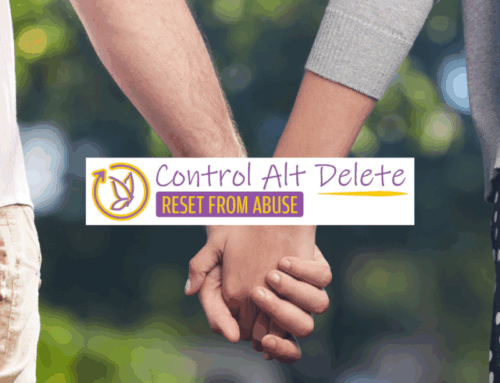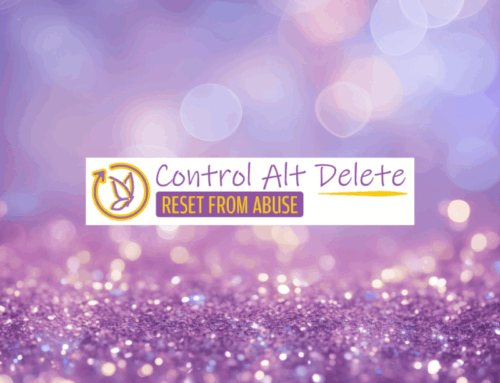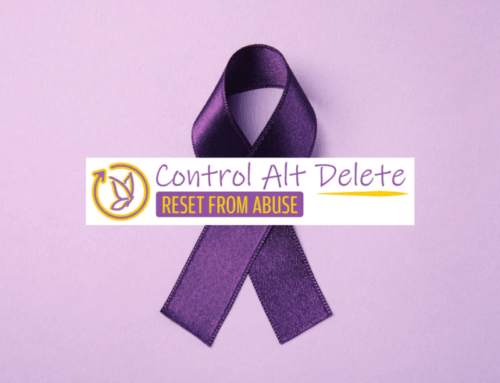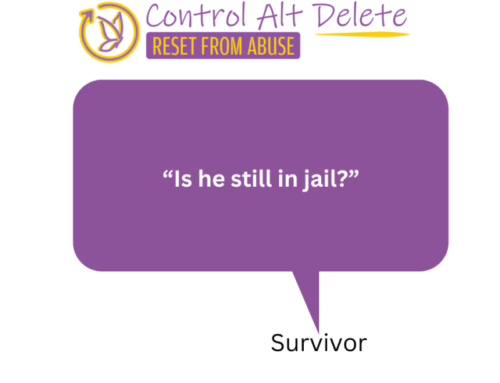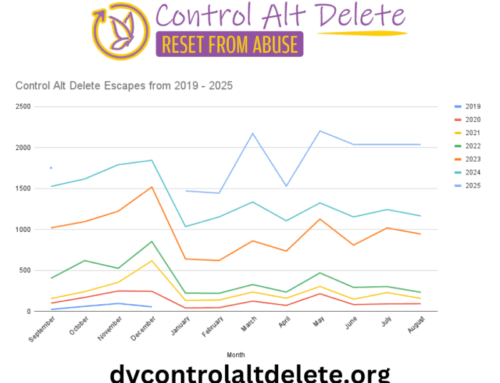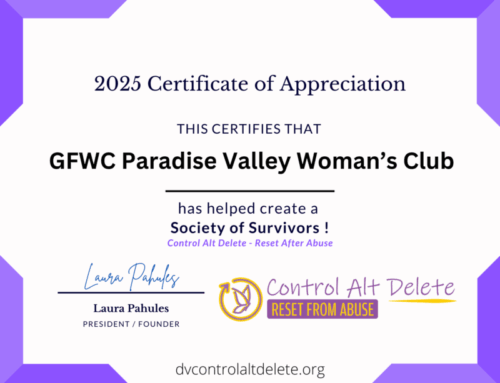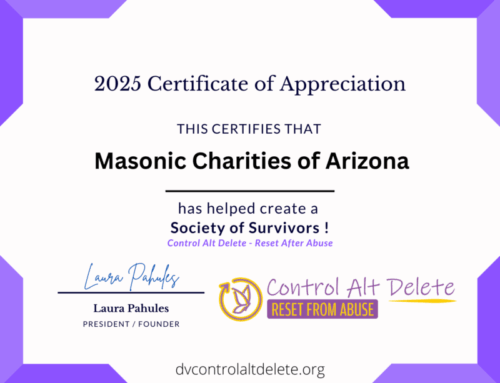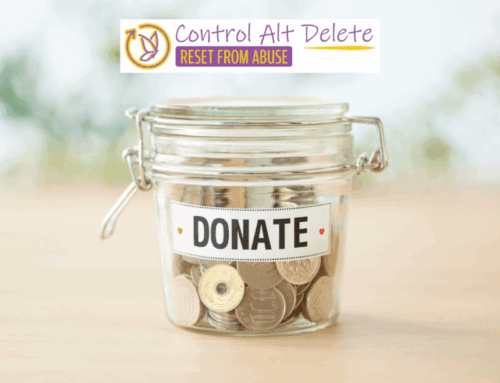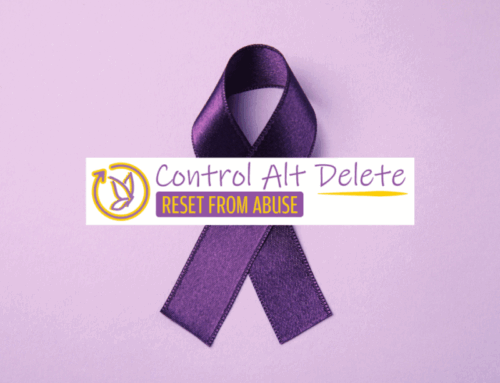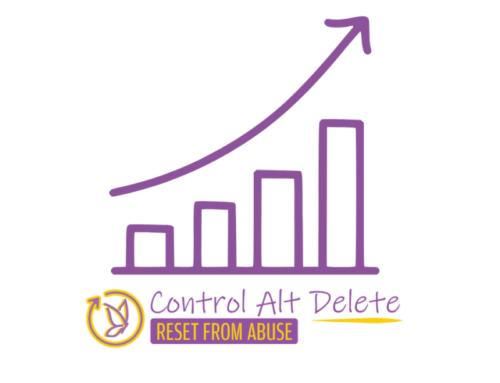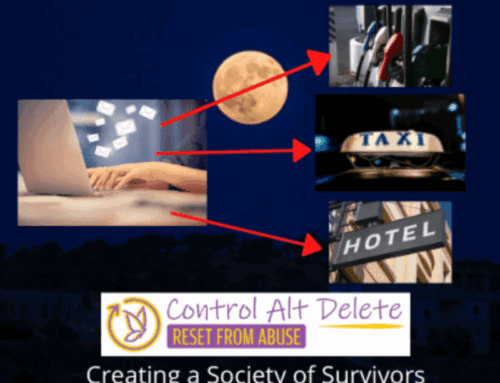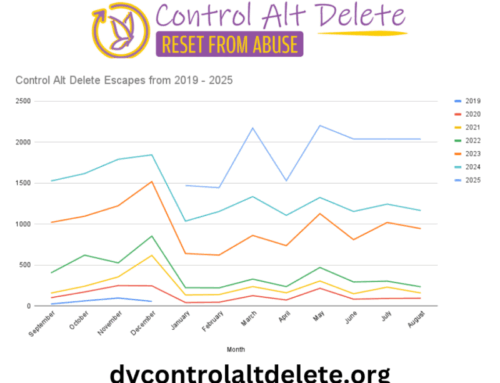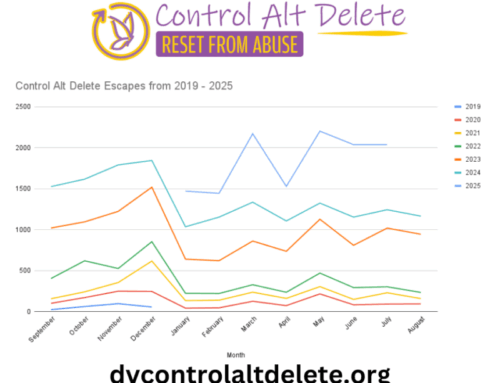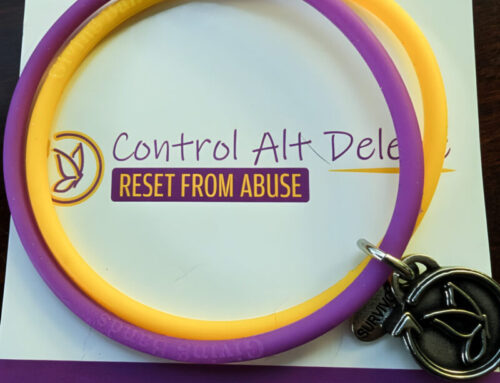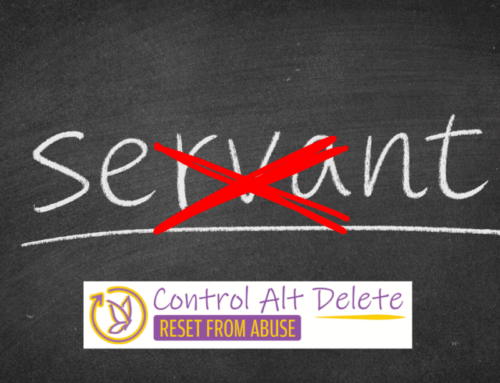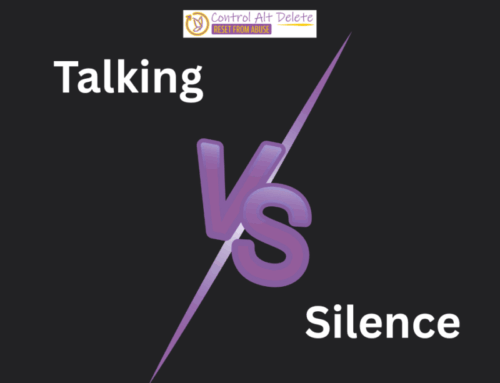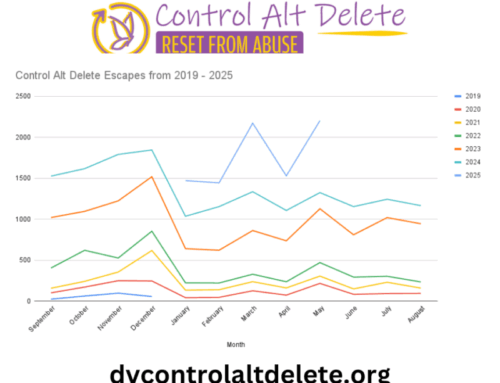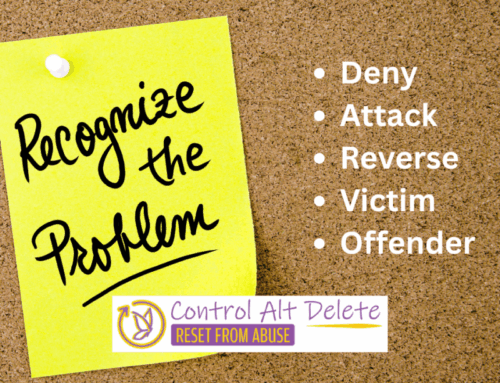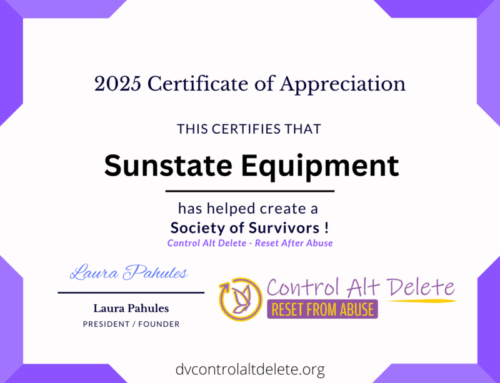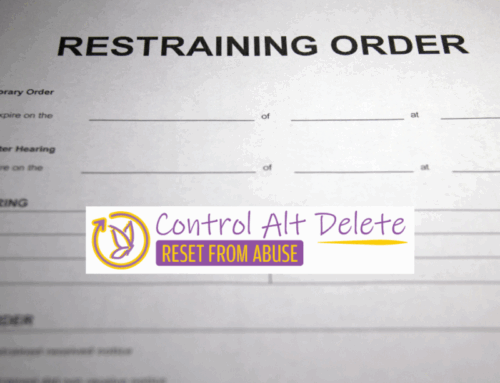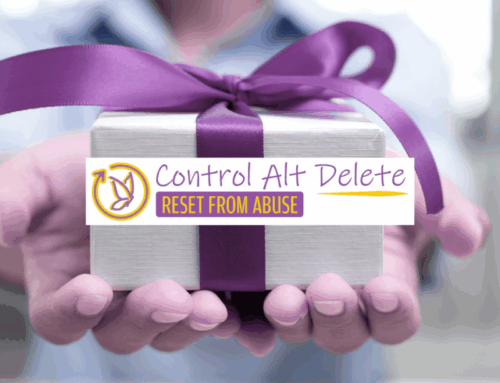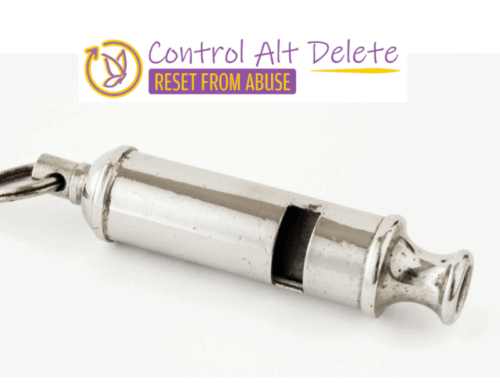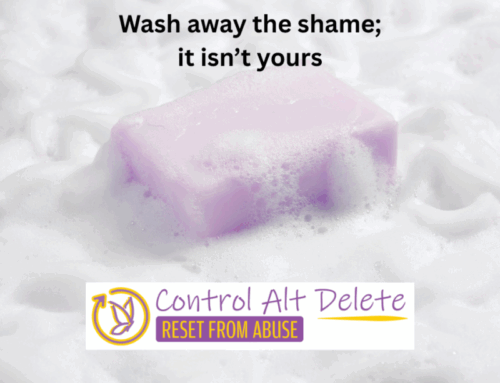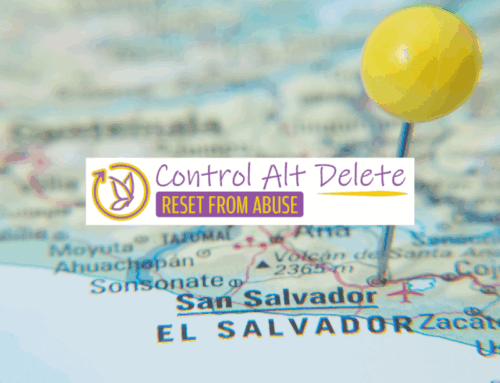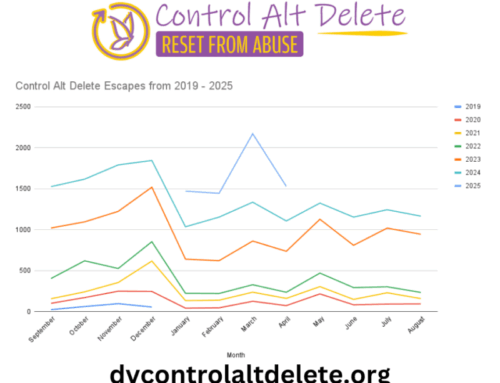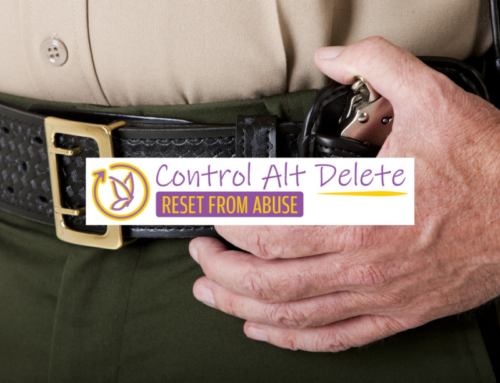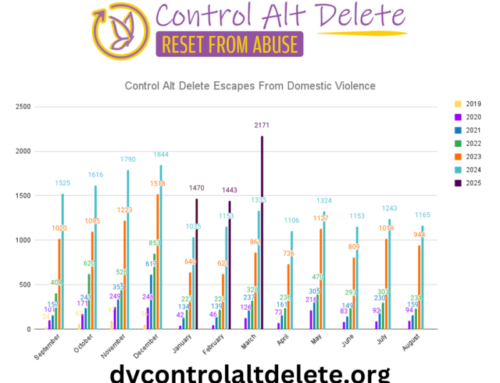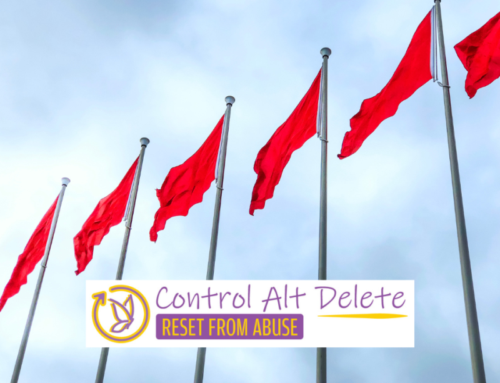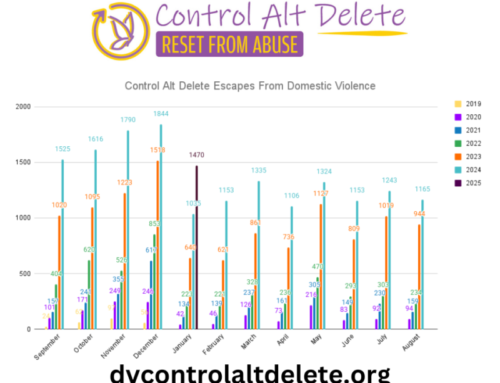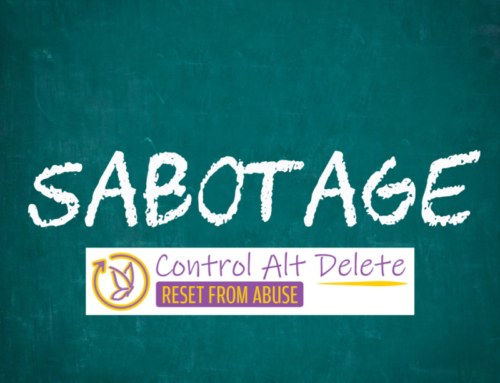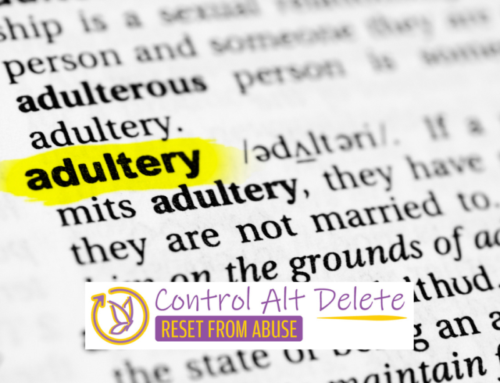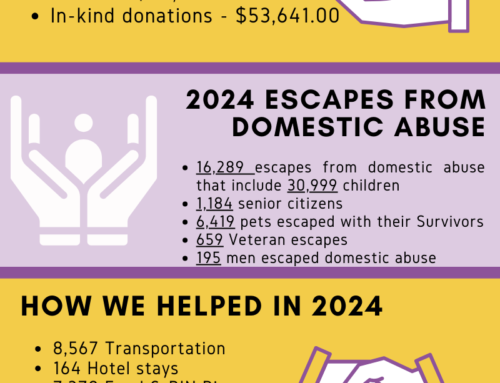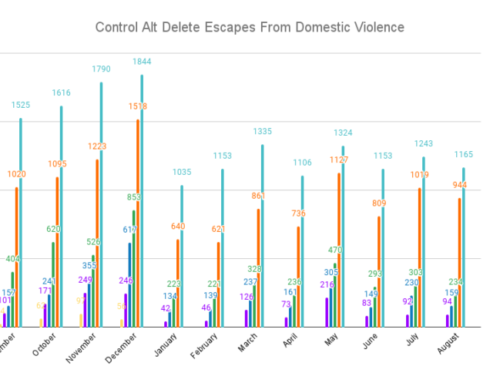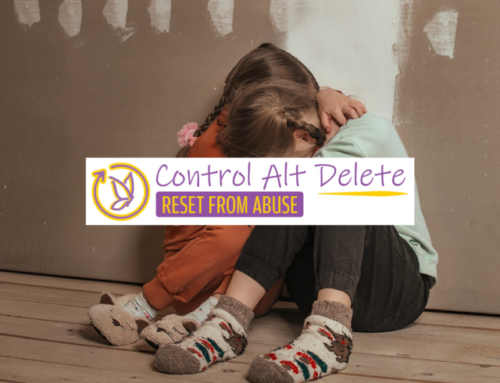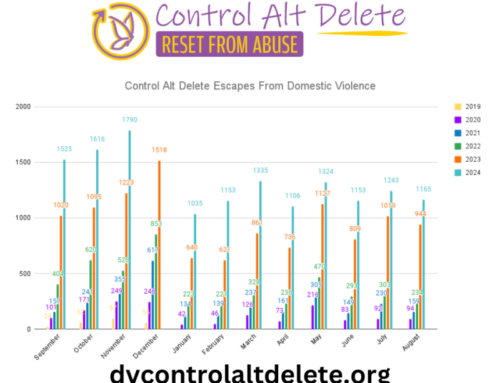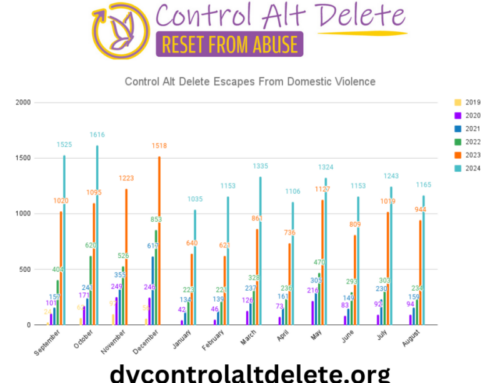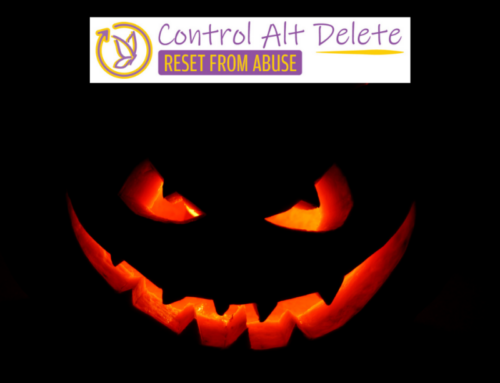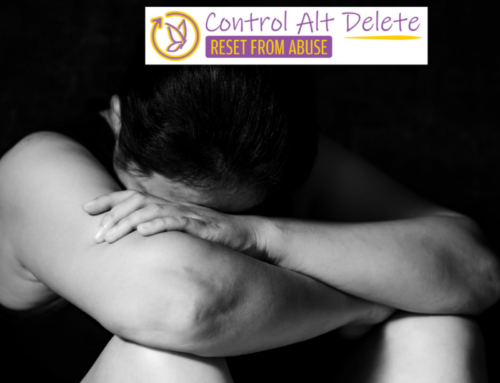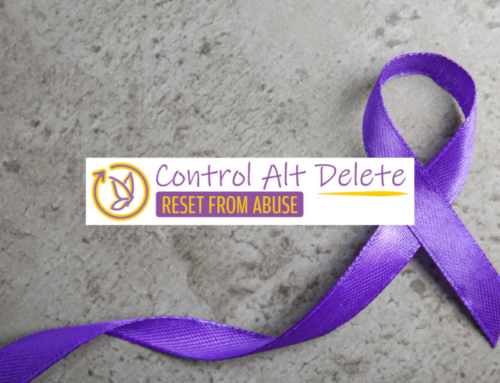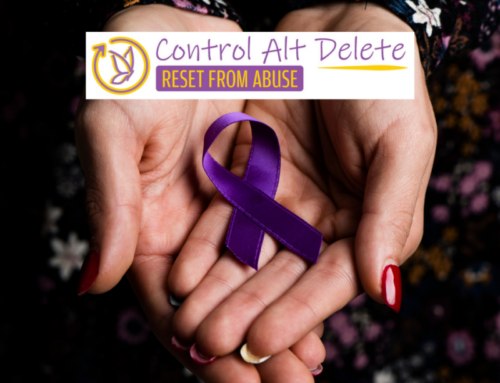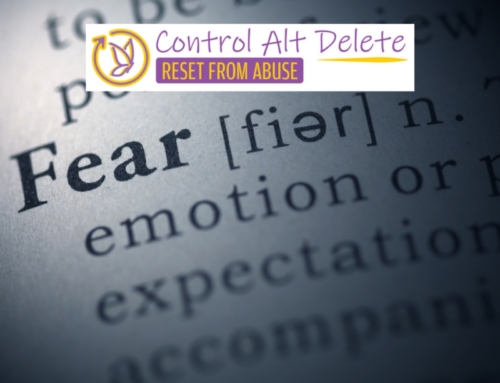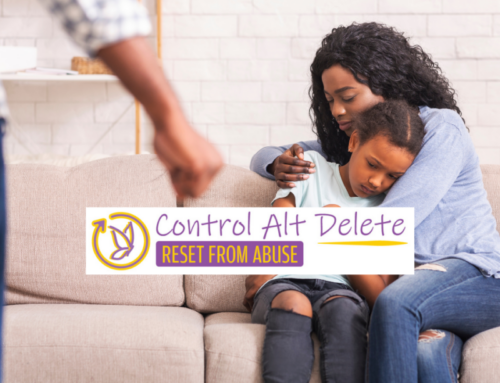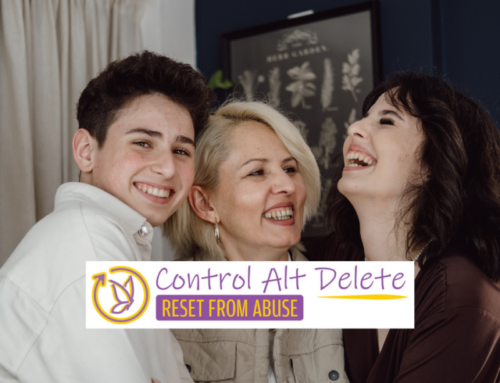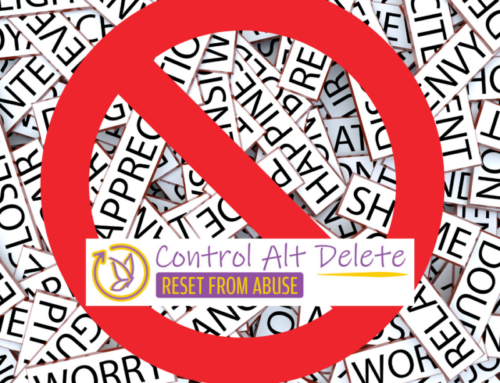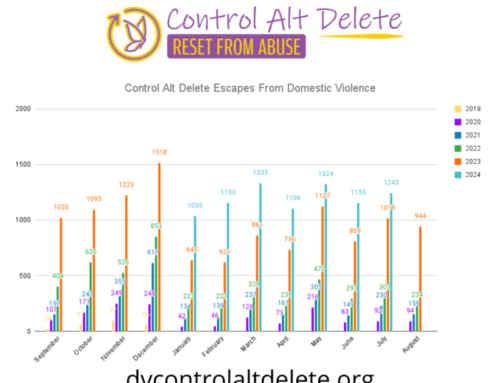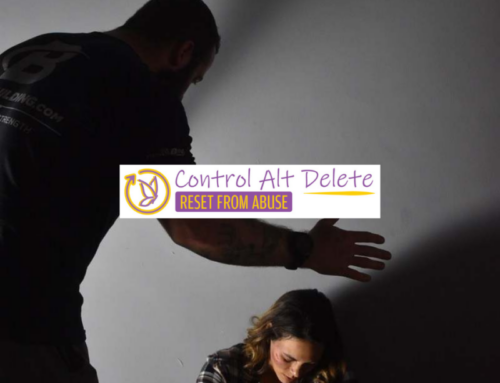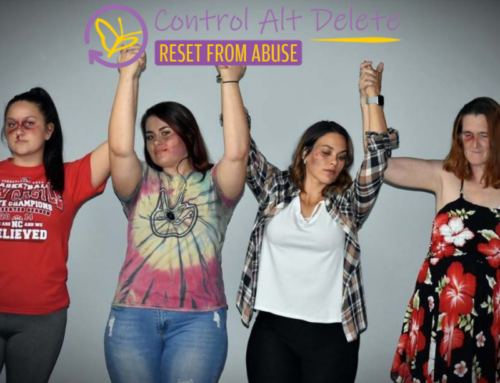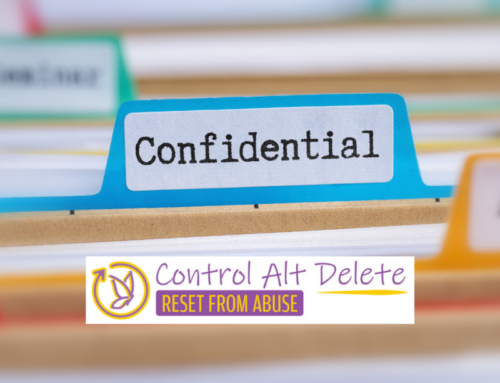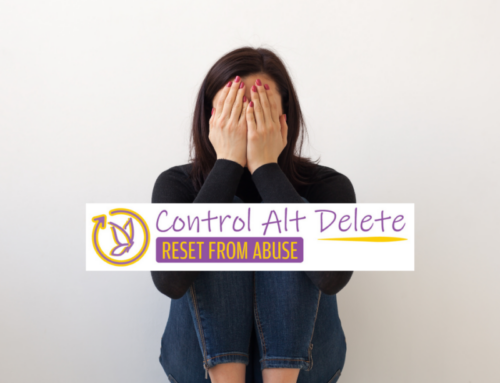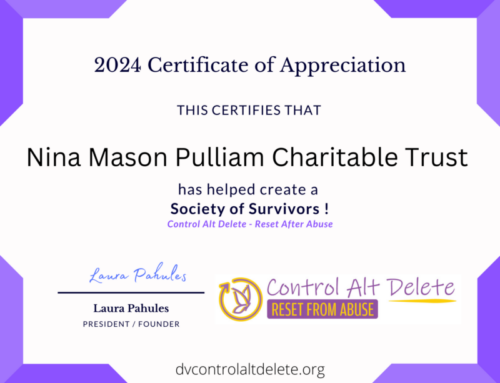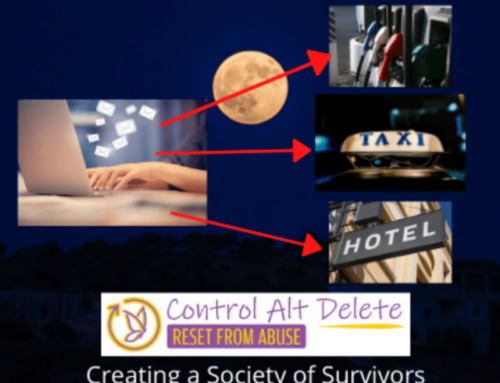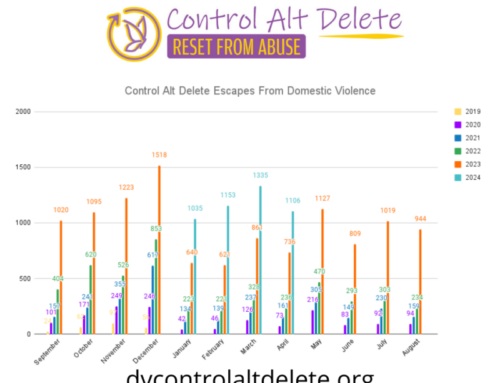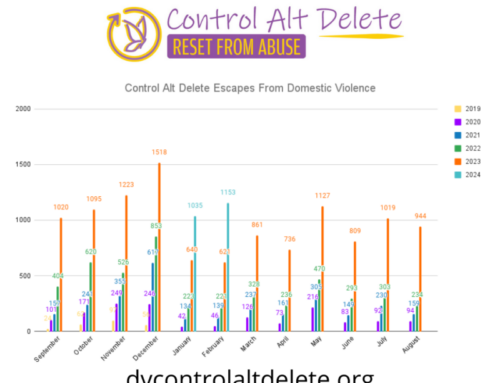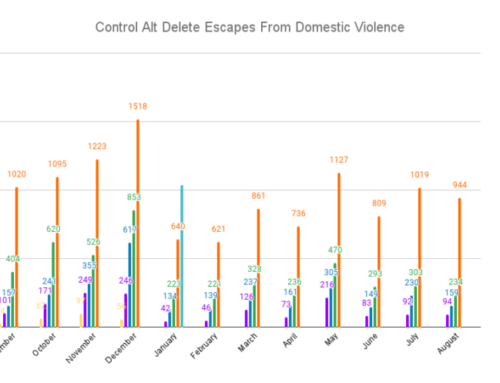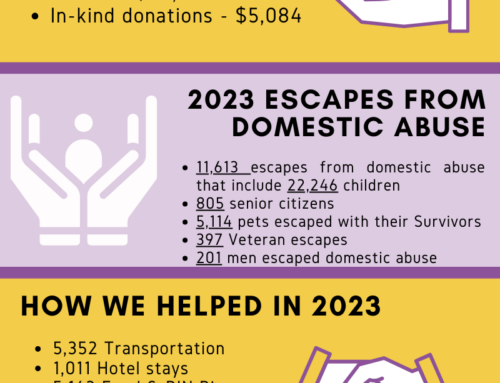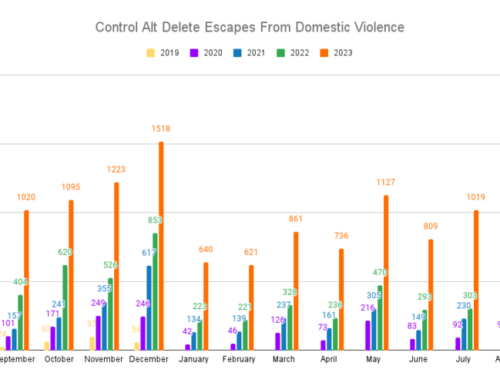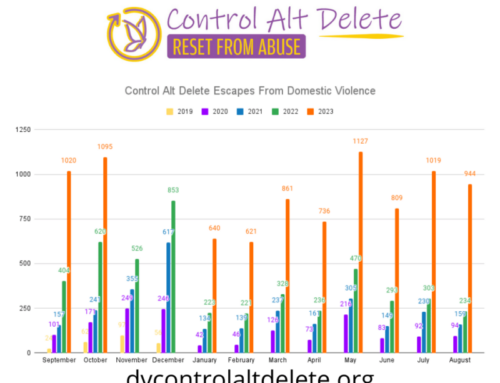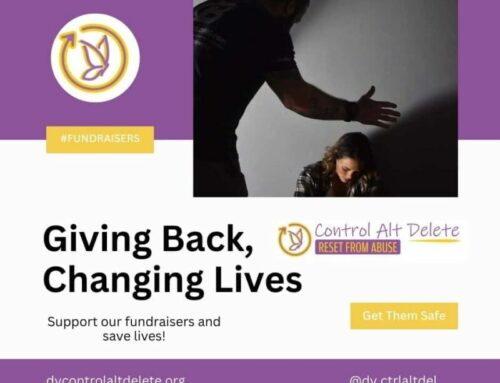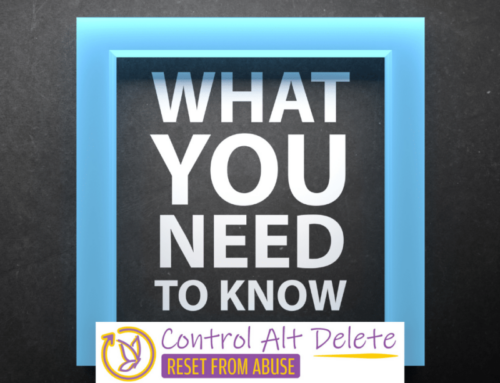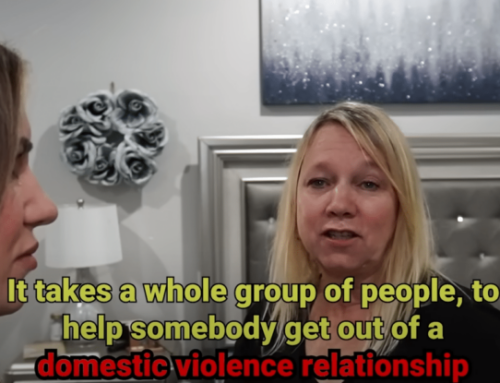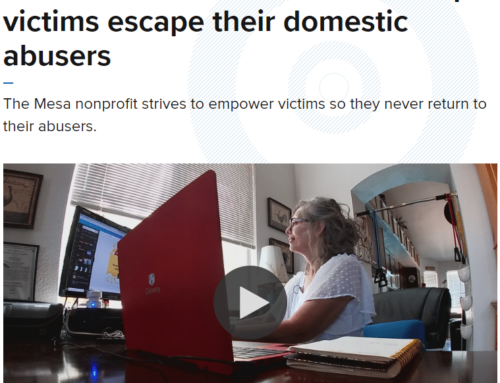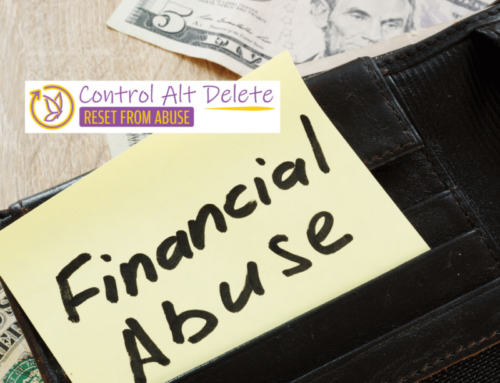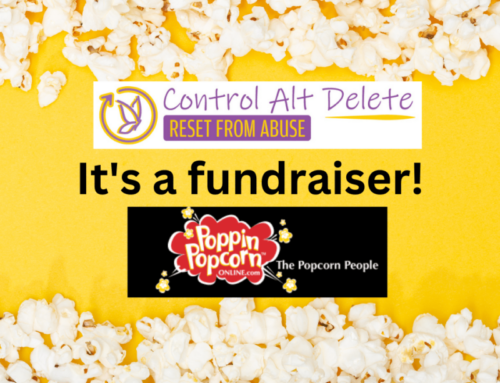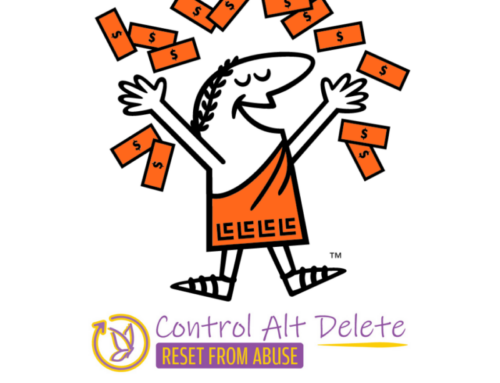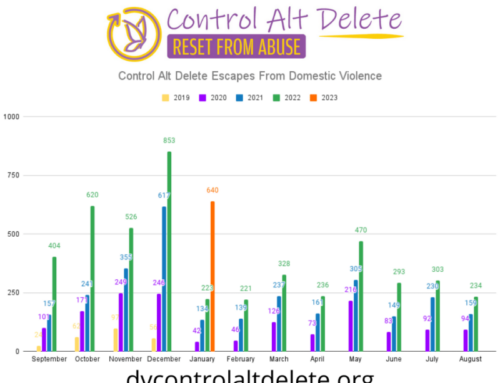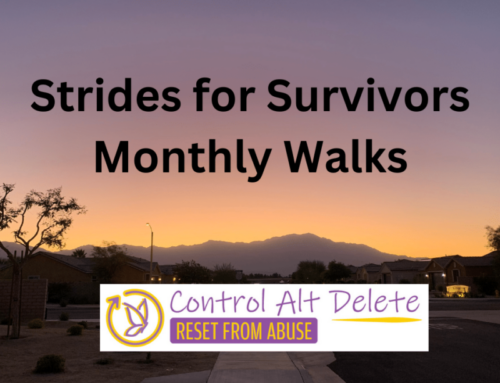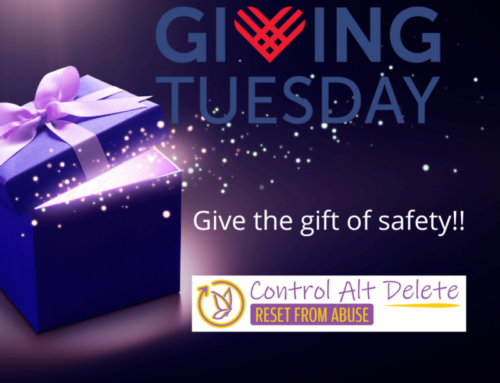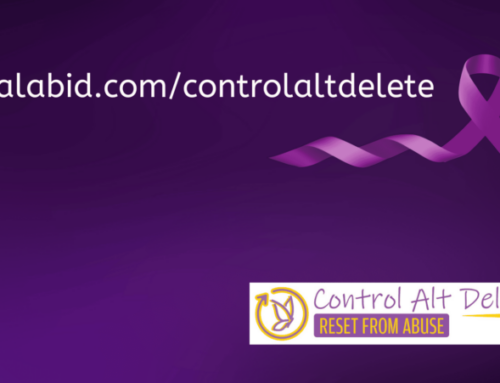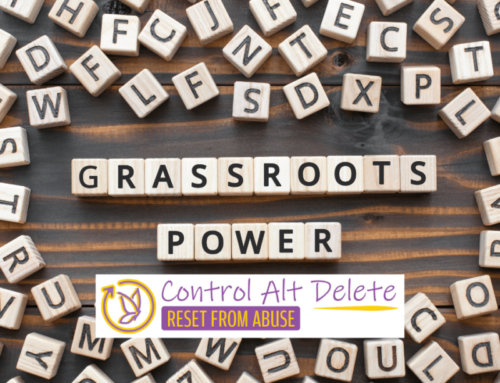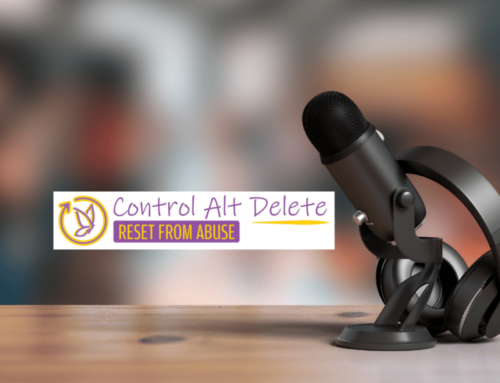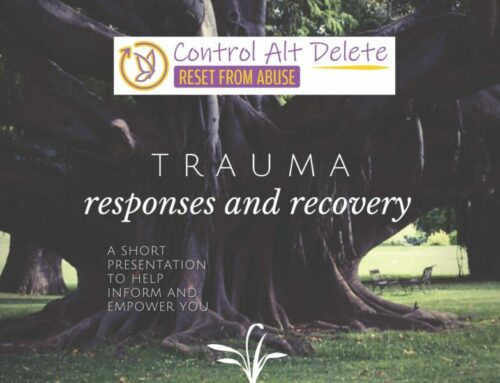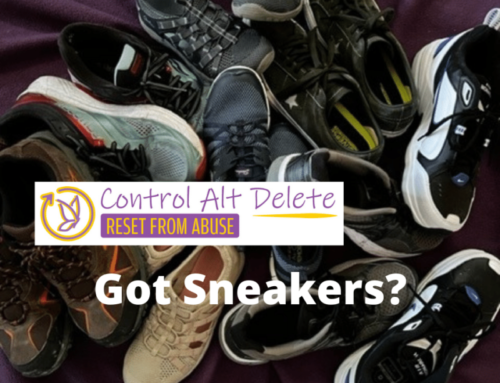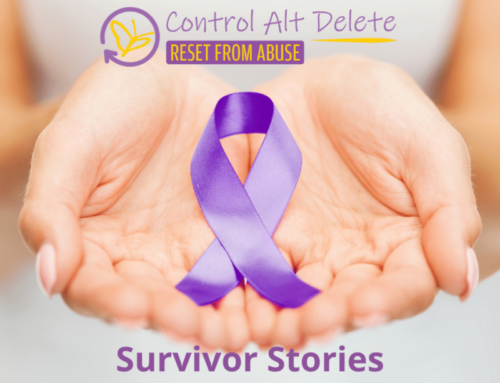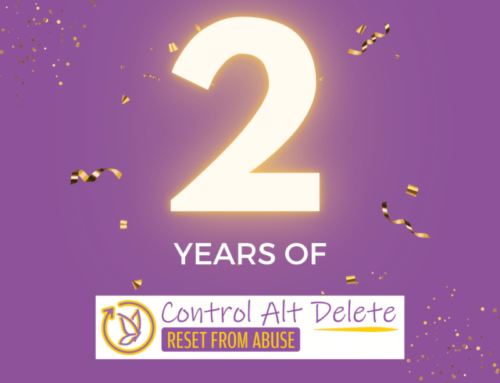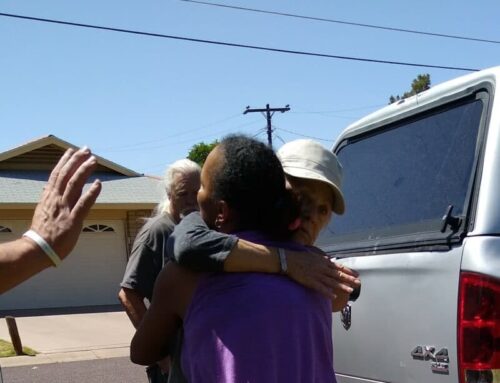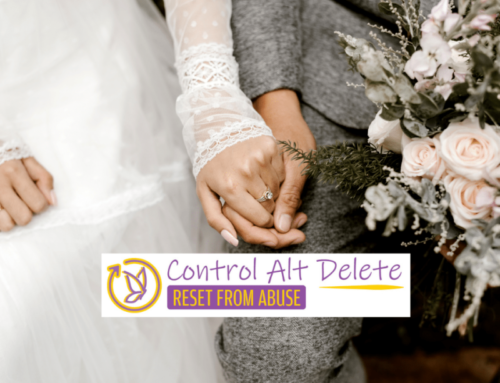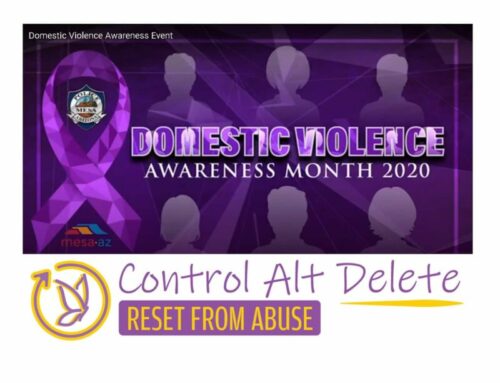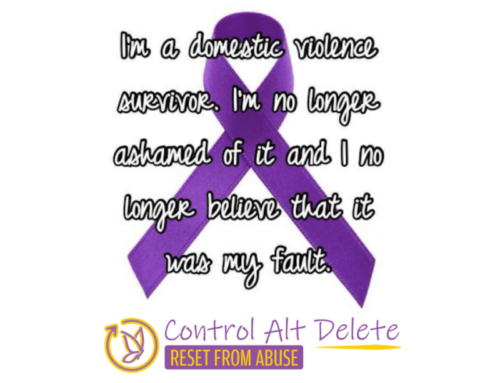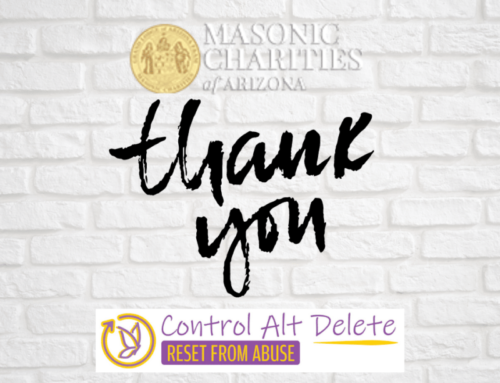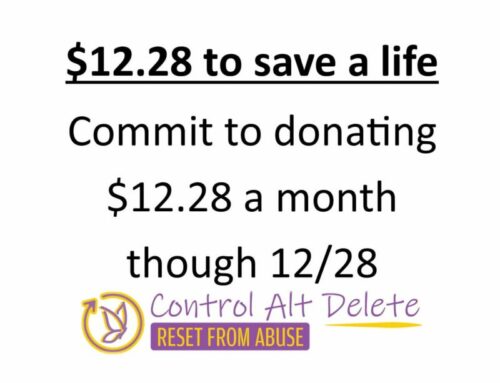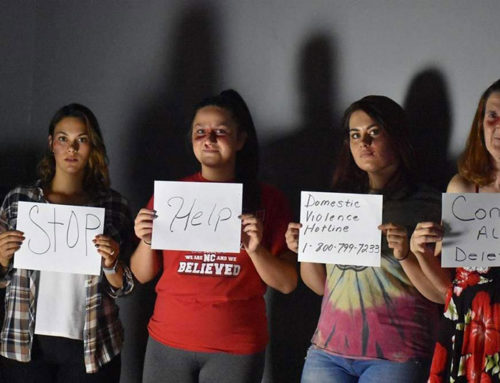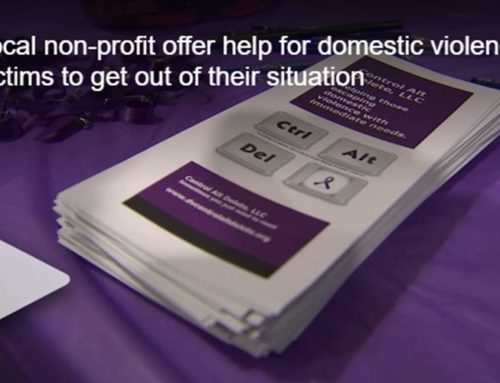Post-Separation Abuse: When “Leaving” Doesn’t Mean It’s Over
For many Survivors, deciding to leave an abusive relationship feels like the hardest step. It takes strength, courage, and often meticulous planning. But what few people talk about—and what many Survivors don’t fully anticipate—is what happens after they leave.
Abuse doesn’t always stop when the relationship ends. In fact, for many Survivors, it changes form. This is what we call post-separation abuse—and it is a strategic, cruel way abusers continue to exert control long after the Survivor has walked away.
“They Would Never Do That” — But They Will
A common belief among Survivors is: “They would never go that far.” It’s a thought rooted in hope, humanity, and a desire to believe that someone who once said “I love you” wouldn’t weaponize the children, the courts, or even the family dog to inflict harm.
But the reality is: they will do anything they can to regain control. That includes the kids, pets, finances, legal system—nothing is off-limits.
Using the Children as Pawns
One of the most heartbreaking tactics of post-separation abuse is the way abusers use children to manipulate and harm the Survivor. A common example is an abuser who, for years, reliably picks the kids up from school or daycare. Then suddenly, they stop—without warning. The school calls the Survivor, who has to drop everything to pick the children up.
The message is clear: “You will never have peace unless you’re under my control.” It’s not just about causing inconvenience—it’s about disruption, stress, and financial harm, especially if the Survivor risks their job or income due to the chaos.
Worse, abusers often manipulate the children directly—telling them that the Survivor is the reason their family is “broken,” that the disruption, the stress, the changes are all their fault. This emotional manipulation can turn children against the parent who fought to keep them safe. It’s another attempt to isolate the Survivor and punish them for escaping.
Recruiting “Flying Monkeys” – The Abuser’s Allies
Abusers rarely act alone. Even after separation, they work to control the narrative and reshape the story—portraying themselves as the victim. They’ll reach out to the Survivor’s family, friends, neighbors, coworkers—anyone who will listen—and paint a picture that makes the Survivor seem unstable, vindictive, or ungrateful.
These individuals—whether they realize it or not—become what’s often referred to as “flying monkeys” (a term borrowed from The Wizard of Oz, where the Wicked Witch sends her minions to do her bidding). These people may pressure the Survivor to “be fair,” to “keep the peace,” or to “go back for the kids’ sake,” all while unknowingly furthering the abuser’s control.
It’s a calculated campaign to isolate the Survivor from their support system and push them closer to returning—or at the very least, staying silent.
Financial Abuse After Leaving
Even after separation, many abusers continue their efforts to financially destabilize the Survivor. This can take several forms, including:
-
Refusing to pay on mutual debts: Whether it’s a shared credit card, car loan, or mortgage, the abuser may stop making payments on purpose—knowing full well that it will destroy the Survivor’s credit and limit their ability to rent an apartment, qualify for a loan, or even open a bank account. They don’t care about the consequences for themselves—only that you suffer.
-
Opening new accounts in the Survivor’s name: Many Survivors discover months—or even years—after separation that their abuser has taken out credit cards, loans, or utilities in their name without their knowledge or consent. Because the abuser may still know personal information like Social Security numbers or past addresses, they can exploit this access to inflict long-term financial damage.
This kind of identity fraud and financial sabotage can leave Survivors drowning in debt they never agreed to and scrambling to repair their credit. Meanwhile, the abuser enjoys a sense of control, knowing that they’ve made financial independence feel impossible.
Make no mistake—this is abuse. And it’s often invisible until it’s too late.
Legal Harassment: Control Through the Courts
Post-separation abusers frequently weaponize the legal system. They file motion after motion—custody disputes, emergency hearings, false accusations—not because they believe they’ll win, but because they know the cost.
Court filings are expensive. Time-consuming. Emotionally exhausting. They force the Survivor to take time off work, scramble for childcare, and relive trauma over and over again. The courts are often slow to recognize this pattern of abuse, which makes it even more damaging.
Worse, it disrupts any sense of stability the children might be trying to regain. Constant legal battles keep everyone on edge—exactly what the abuser wants.
Don’t Go Back. Stay Strong.
Here’s the truth no one tells you clearly enough:
Every time a Survivor goes back, the abuser learns exactly how to control them next time.
They take notes. They watch what works. Was it the school incident? The court threats? The financial ruin? The goal is always the same: reassert control.
It’s painful. It’s terrifying. And it’s not fair.
But you are not alone. And you are not powerless.
Reclaiming Your Power
At Control Alt Delete, we know how relentless post-separation abuse can be because we have been there. But we also know how powerful knowledge and community are. The more we name these tactics, the less power they have. The more we support each other, the harder it is for abusers to isolate and manipulate.
To every Survivor reading this:
You deserve peace. You deserve safety. You deserve a life that is yours. There is life after abuse and it is beautiful!
Stay strong. Document everything. Check your credit report regularly. Freeze your credit if needed. Seek out legal aid, financial counseling, and trauma-informed advocacy. And most importantly—never go back.
Because every time you refuse to return, you reclaim a piece of yourself that the abuser tried to erase.





